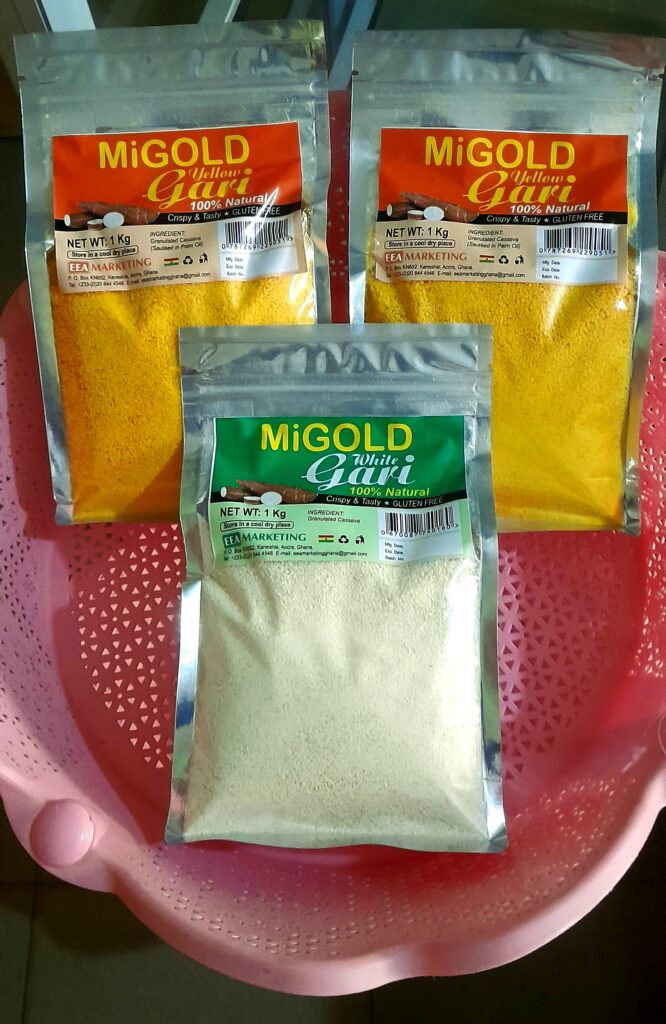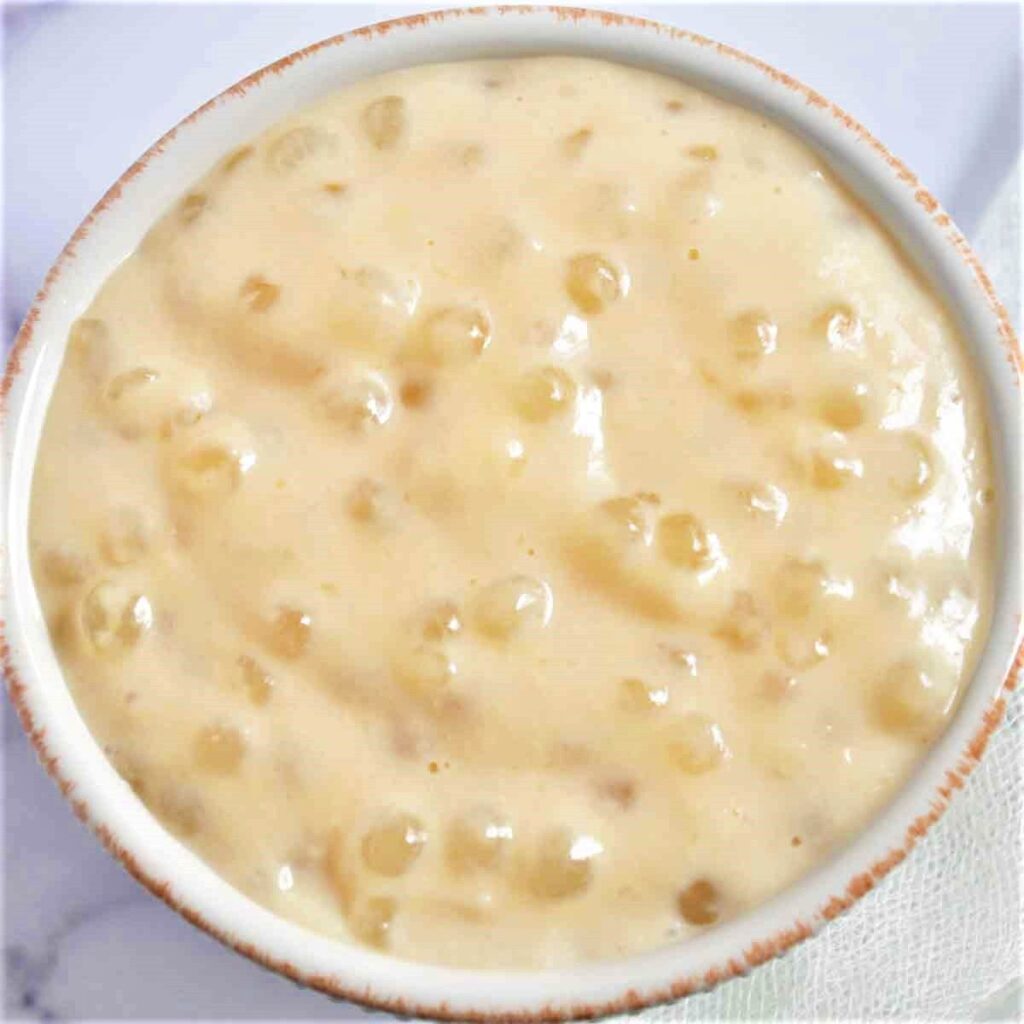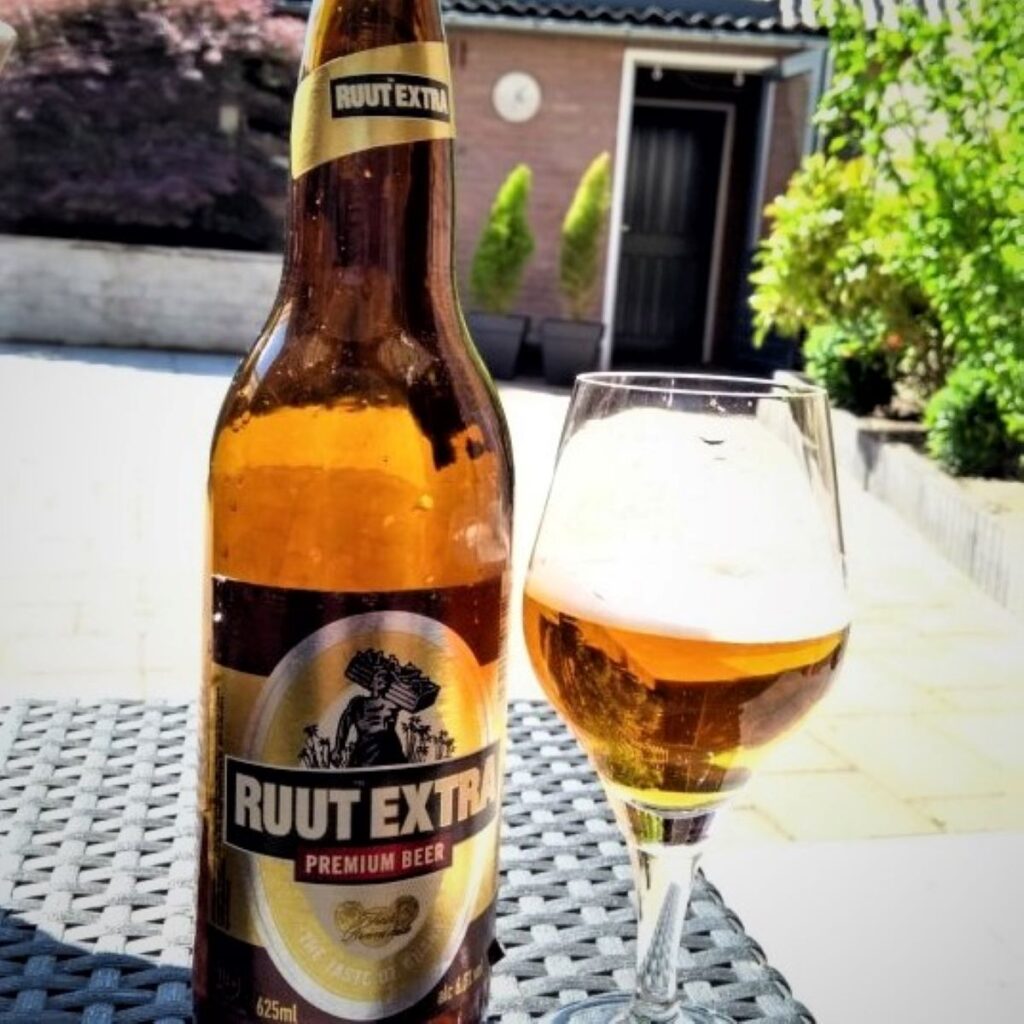Introduction
Cassava is the root tuber, with about 300 million metric tonnes of it produced annually worldwide, according to the United Nations FAOSTAT. It is the third-largest source of food carbohydrates in the tropical regions after rice and maize. Also, it is the main staple food in many developing countries. According to statistics, cassava is the basic diet of more than 800 million people in the world, second only to rice and corn. Besides, cassava is a good source of potassium and vitamin C; read more at: https://www.health.com/cassava-8607938/. Nigeria is the world’s largest producer of cassava, so the cassava processing industry is enormous in Nigeria. For further reading, click: https://eea-marketing.com/blog/gari-the-food-product/.

Some by-products of cassava, the root tuber
Cassava chips
Cassava chips are generally processed by a cassava slicer. It is produced by different cassava slicers with different uses. The chips can be processed, eaten as food, or processed into other foods. It is also used for processing animal feed, bio-organic fertilizers, and certain industrial products.
Cassava starch
Cassava contains a lot of starch; it has a wide range of uses and a large market demand. Modern cassava starch processing equipment can produce high-quality starch for commercial and industrial uses.
Cassava flour
Because cassava flour is generally colorless and highly viscous, it can be used to make bread, pastries, and other foods. It is the finely ground, dried cassava that produces the flour.

Gari
Gari, also known as Cassava Grits, contains high fiber, some protein, and vitamins. The natural toxins in cassava are removed during the gari production process. It can be used in different ways and for different cuisines. Click here for more Gari product uses: https://eea-marketing.com/product-uses/

Tapioca
Tapioca is a starch extracted from the cassava root through a process of washing and pulping. The wet pulp is then squeezed to extract a starchy liquid. Once all the water evaporates from the starchy liquid, the tapioca powder remains. The powder is then processed into flakes, or pearls. The pearls are used in puddings, desserts, and as a thickener in some processed foods. As they are dehydrated, the flakes and pearls must be soaked or boiled before consumption. They increase in size and become translucent when cooked.

In addition to the above, ethanol, beer, and many other by-products can also be derived from cassava. For further reading, click: https://www.ghanaweb.com/GhanaHomePage/NewsArchive/Ruut-Extra-Premium-Beer-sponsors-2015-Famers-Day-396575



I am new! Hi all!
bgf2axnoynjhawrz.com
bgf2axnoynjhawrz.com
Welcome Mike, please feel free to express your opinion on this wonderful staple food if any, thanks for your kind input.
Hi please welcome